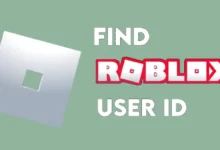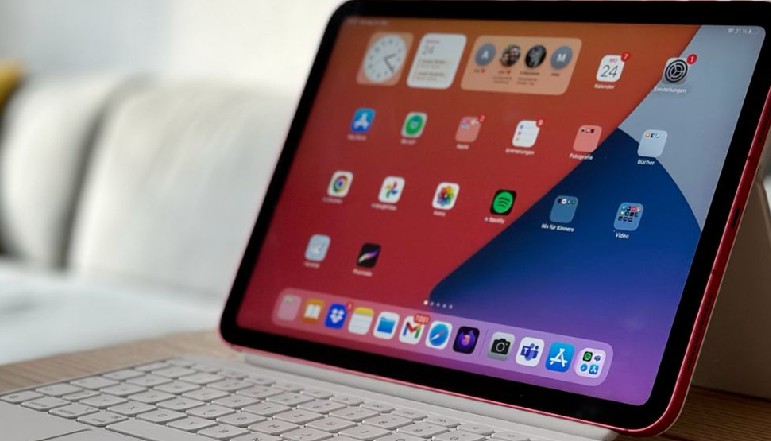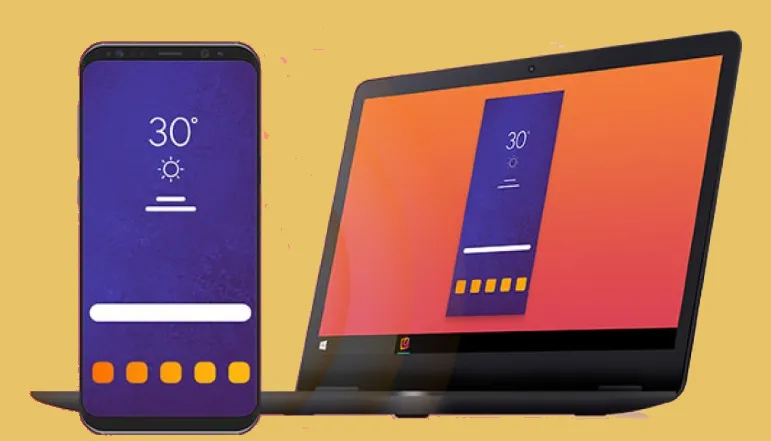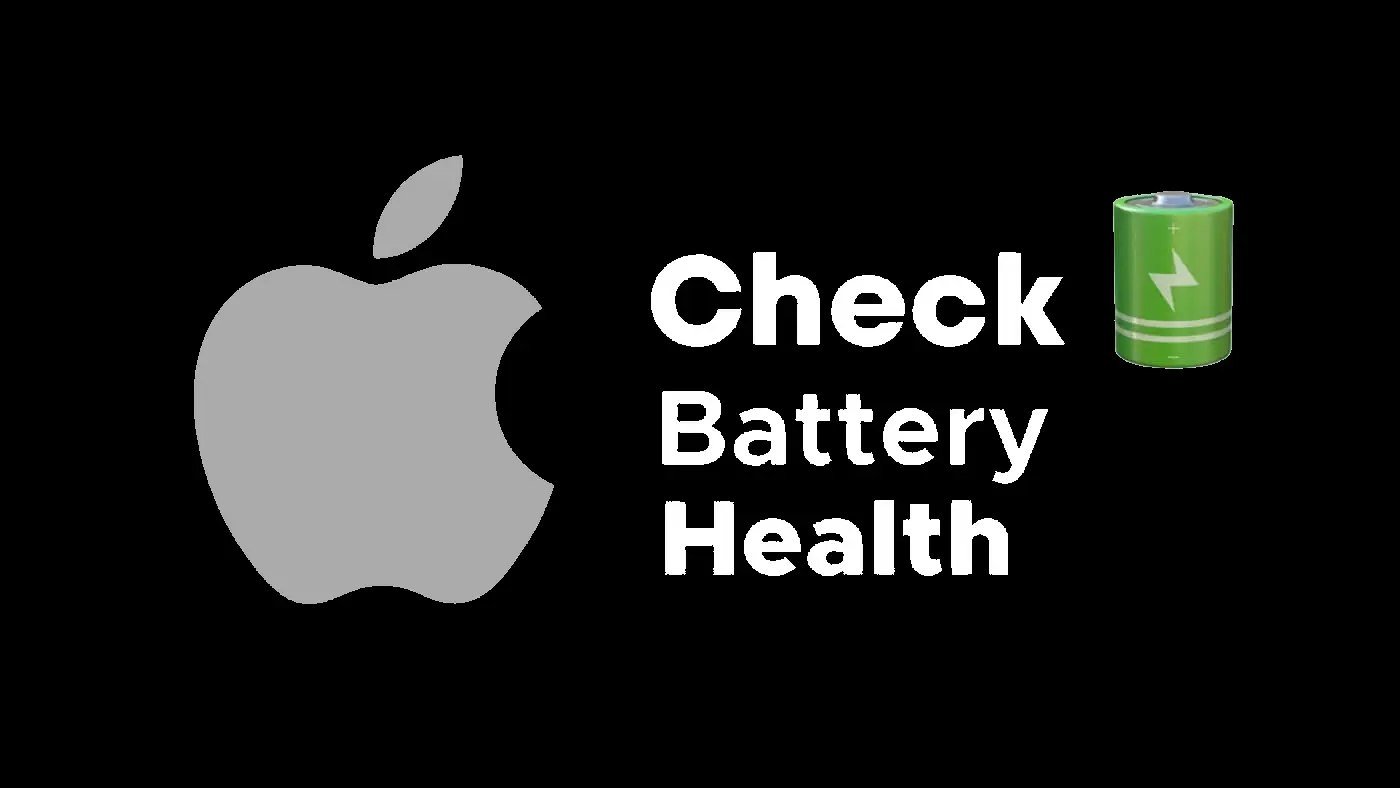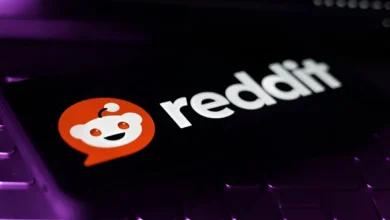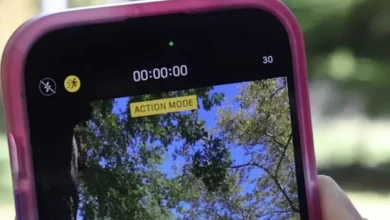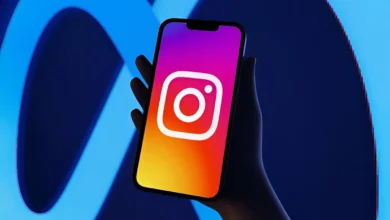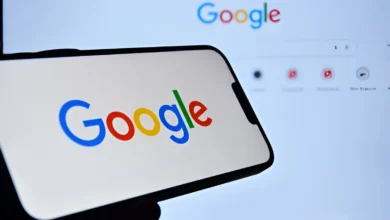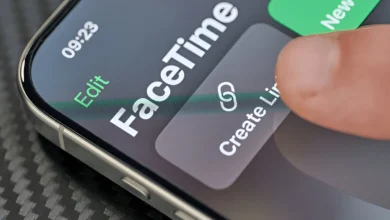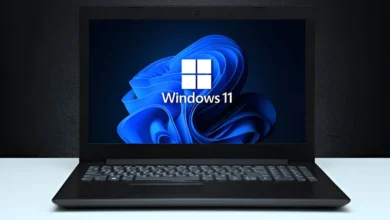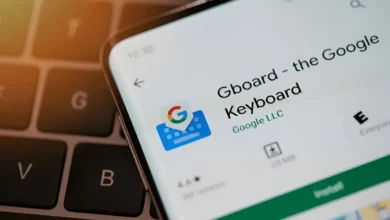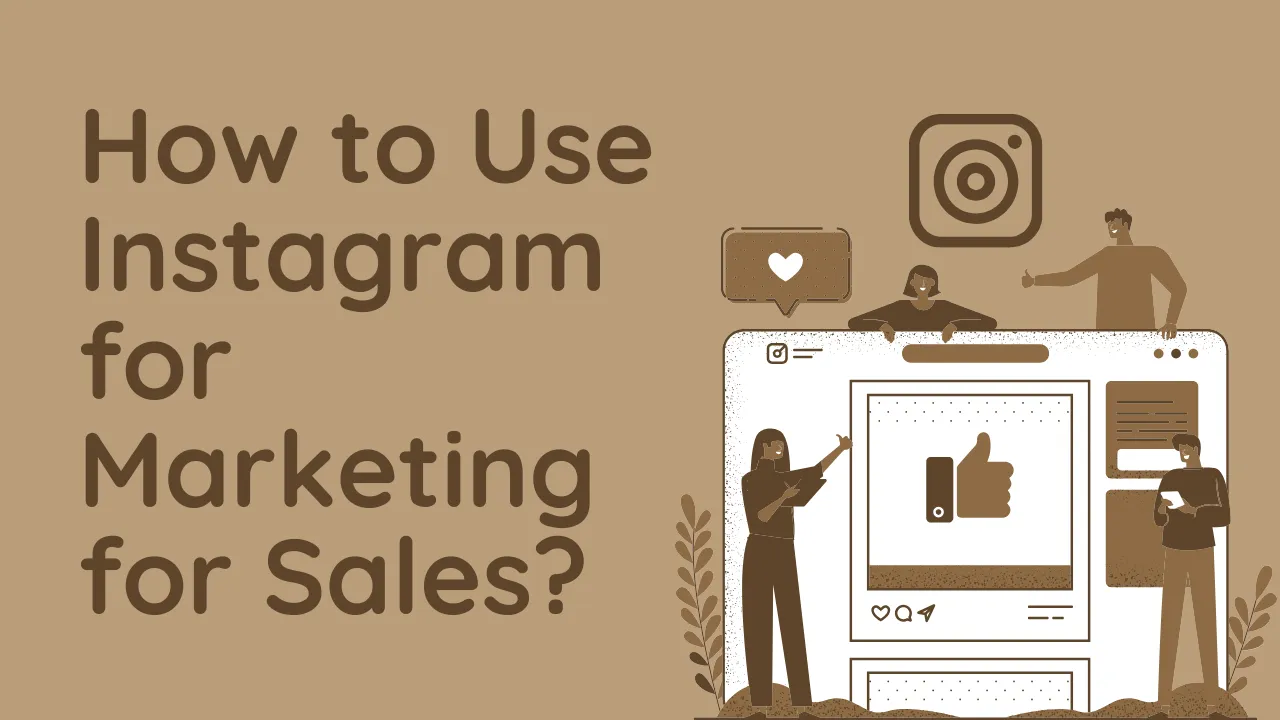
For all the years since its creation, Instagram has been one of my favorites for marketing; it’s so visually immersing. Unlike some other social networks, on Instagram, everything is visual-centric: images and videos. That gives brands and everyday people like me a creative, authentic way of interacting with an audience.
In the first few months of using Instagram for a small craft business I ran, I realized quite early how important it is to produce striking visuals. Just posting up random photos without a well-defined strategy really didn’t do me any favors. So, today, we will talk about how to use Instagram for marketing!
Why Instagram Stands Out for Marketing
What really sets Instagram apart from other social platforms is a set of unique features:
I once got way more comments and DMs on Instagram for a handmade jewelry line than I ever did on Facebook or Twitter. Generally, people on Instagram seem more willing to like and comment on posts, which helped me feel more connected to my audience.
The platform caters to a largely mobile-first population of users, and its nature is very direct and almost immediate, which offers amazing ways tı use Instagram for marketing. Therefore, when capturing a behind-the-scenes look inside my new collection, I made a short clip on my mobile phone and shared it instantly through my profile; no fuss, it took no time whatsoever.
Setting a Business Profile up on Instagram
How to use Instagram for marketing? Well, first you need a business account. Because with a Business Profile, you get:
- Instagram Insights: I’m no math whiz, but it was out of this world to see how many people viewed your posts and when they did. It helped me work out the best times to post.
- Contact Buttons & Location Info: I have showcased my email and phone information directly on my profile for easy reach to potential customers. Once, I even received a call when I was half-asleep, but it brought a sale home!.
- Increased Credibility: People may take you more seriously when they see the business profile label and can view more detailed information about your brand.
How to Create a Winning Content Strategy
Well, the content is just the backbone of Instagram marketing. I remember in the beginning, I simply posted random pictures of my products-sometimes in poor light, sometimes without a caption. Quite obviously, the engagement wasn’t too good. Once I mixed and matched, paying attention to continuity with aesthetics, actually, people came back and stayed.
Types of Content to Focus On:
- Photos and Videos: My product photos became less cluttered over time. I also learned that short videos, like a 30-second how-to video, get better engagement. One silly mistake: Once, I shot a video tutorial in vertical mode for YouTube, not knowing I needed to shoot horizontal, but hey, you live and learn.
- Instagram Stories: These were stressful initially, knowing things disappear in only 24 hours. But I quickly learned they’re great for live updates and fun polls. One day, I asked my followers to vote on what color scheme I should use for new products. The results really shocked me. Turns out they wanted neon, not pastel!
- Reels: These are somewhat like the short, snappy pieces of content that can go viral anytime. I just posted a quick, behind-the-scenes reel of my messy workspace, complete with a gigantic mug of coffee in the corner. It unexpectedly got more views than my polished content.
- Long Videos are your go-to if you want to deep-dive into your content—like product demos or interviews with brand ambassadors. Once, I created a 10-minute Q&A for a new product launch. It didn’t go viral by the number of views, but those who did watch were really engaged and had great questions.
How to use Instagram for marketing? Hashtags are the one answer. Up until then, I would just slap on #instagood and #photooftheday, not realizing they were far too general. Once I began actually to do research-looking at actual hashtags specific to my niche, handmade crafts was what I did-the engagement was more relevant.
A balance is important. If you only use super-popular hashtags, your post might get lost in millions. But if you only use hyper-niche hashtags, you might not gain enough visibility. A blend is usually best.
Posting Schedule
I used to post at any time-sometimes three days in a row, then I wouldn’t post for a week. Consistency is key to building an “active brand” image.
Checking what times of day my posts got the most engagement-weirdly enough, it was usually late at night for me-helped me fine-tune my schedule.
Use Scheduling Tools: This was a life-saver. Now I don’t have to be glued to my phone 24/7. I set up posts for the week, and they go live automatically at the best times.
I’ll admit I once scheduled a post for the wrong day—it went live on my birthday, while I was busy celebrating! But it still performed well, so maybe it was a happy accident. If you need more, click here!
Influencer Collaborations
Partnering with an influencer in your niche can be a real game-changer but can also be somewhat nerve-wracking. I once collaborated with an influencer whose aesthetic was quite different from mine, and it didn’t really work. So, finding the right match is very important.
We ran a live Q&A where they could ask questions directly about products. It was crazy but also super fun, and both of us gained new followers from each other’s audiences.
Guest Posts: If an influencer is great at creating content, let them take over your feed for a day. Just be sure to give them guidelines on how to stay on-brand.
Leveraging of Instagram’s Advertising and Analytics Tools
First time running an Instagram ad, I had targeted some random audience outside my main region. It didn’t turn out that great, but that was a good learning lesson for me.
You can specify location, interests, and even behaviors. This helps your ad reach people who actually care about your niche.
Analytics: Study reach, impressions, click-through rate, and all the rest. And if something bombs, don’t worry about it, use the data to refine your next campaign.
Optimizing Link Usage
In my opinion, this is the key to using Instagram for marketing. It used to drive me nuts that Instagram didn’t let you put clickable links in captions. I started using a link in my bio effectively, changing it with every new launch or blog post.
- Bio Link: I update this occasionally, about once a week, with a link to my latest offer or blog post.
- Swipe-Up in Stories: This is only available once you hit that magical 10K, so let me tell you, that was a big milestone. I literally celebrated with an Instagram Story of me dancing around my living room. Now that I look back, it’s slightly embarrassing, but totally worth it.
Running Promotions and Campaigns
My favorite thing to do: Run promos and giveaways. Mostly because it’s fun, and it brings a lot of engagement.
- Exclusive Discount Codes: Once I did a 24-hour flash sale, mentioned it only in my Instagram Stories. Sales spiked more than anticipated, and I nearly ran out of inventory.
- Giveaways: Partner with another small business to do a co-giveaway, which will increase your reach, but be prepared for a lot of new DMs and comments.
Closing Thoughts
Instagram is indeed a powerhouse in the arsenal of marketing potential. Yes, I’ve made more than a few mistakes: wrong targeting, not regular posting, and ignoring DMs for too long. Each one taught me something, though. Mix creativity with regularity and a desire to continue learning, and you can make Instagram your ally in business.
So go ahead, play with different content types, speak to your followers like the real people they are, above all, and stay open to the trends that change on the platform. Chances are, Instagram will continue to surprise you with new ways to grow, just like it did for me. And if you make a silly mistake or two, well, that’s just part of the fun!



